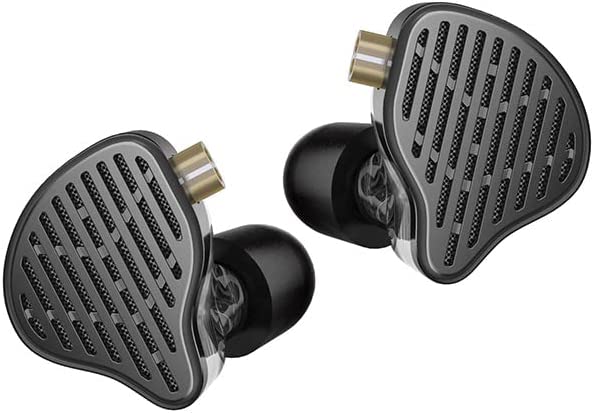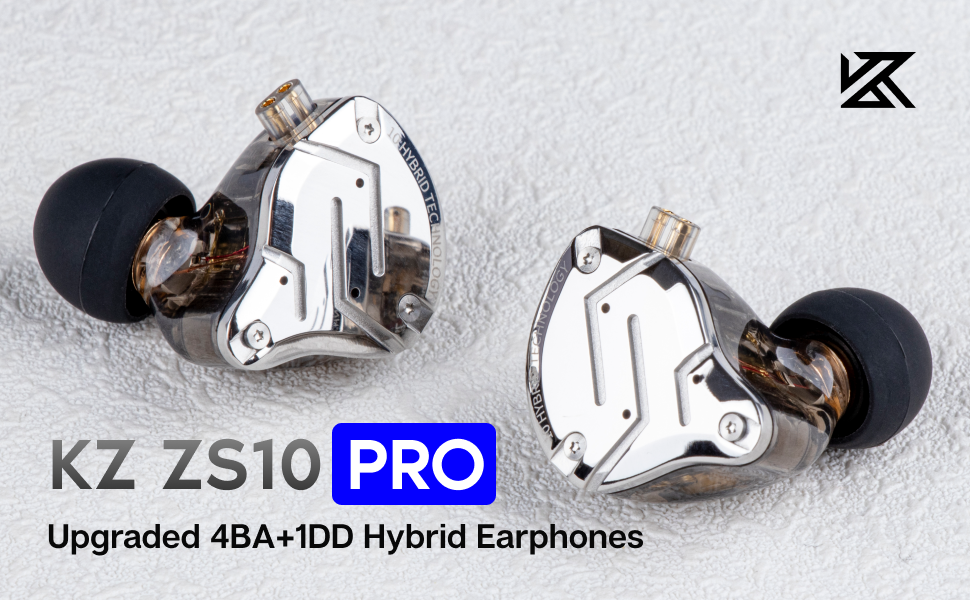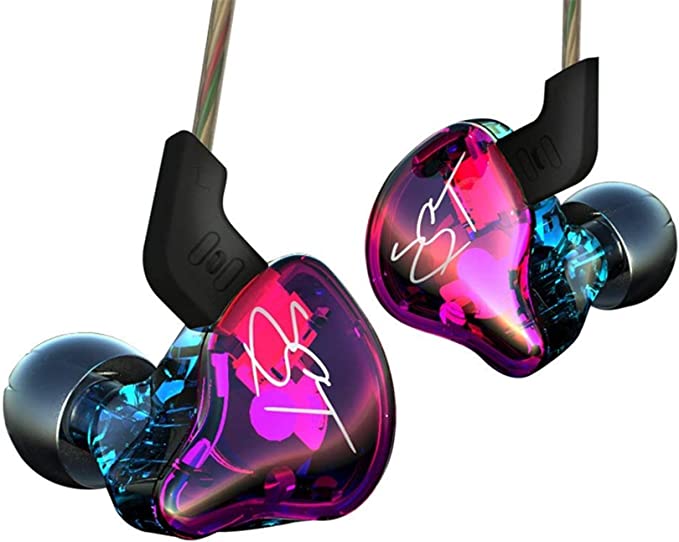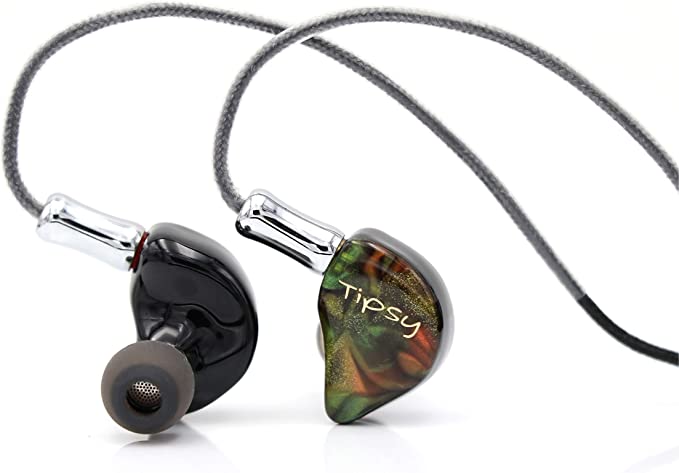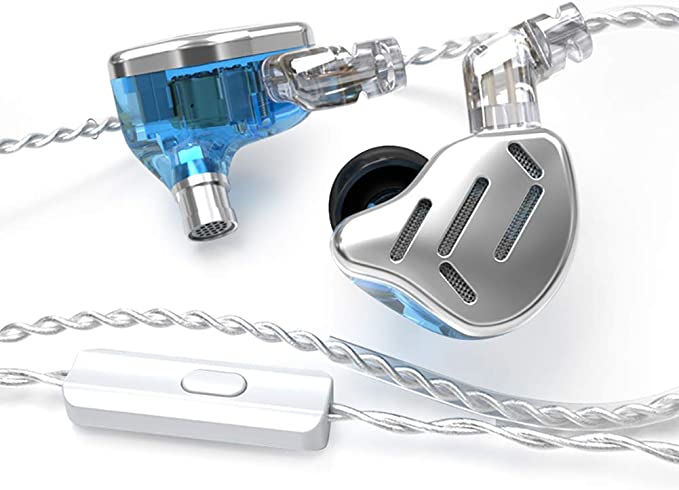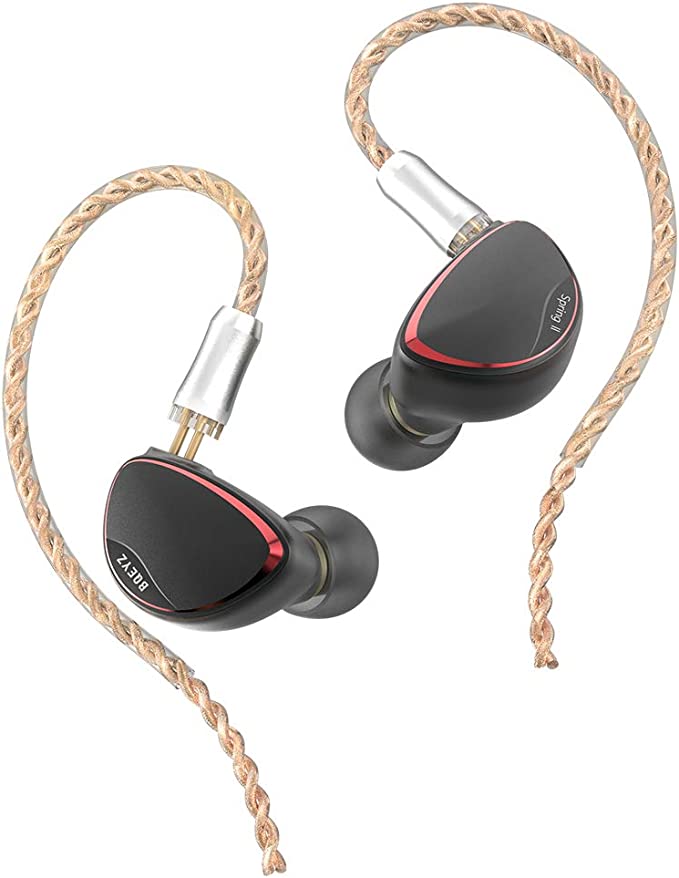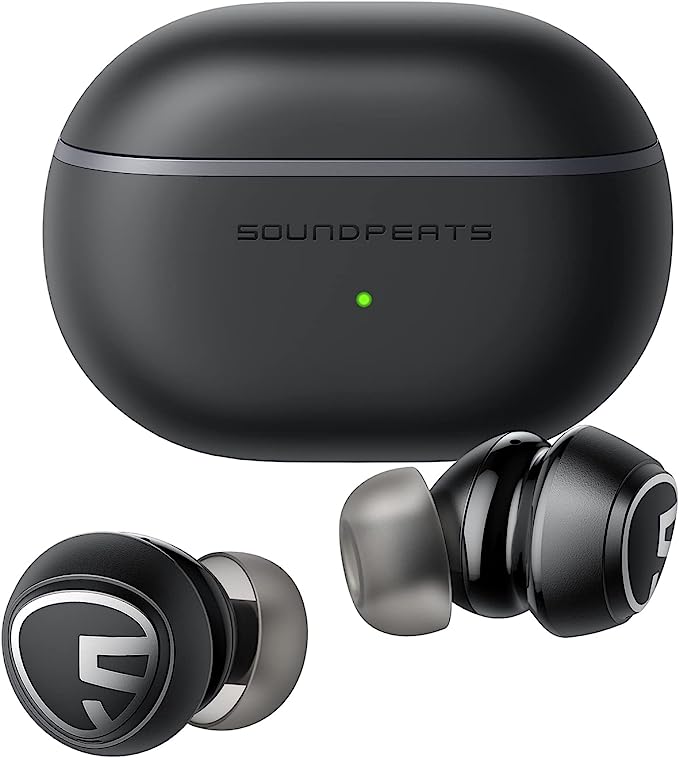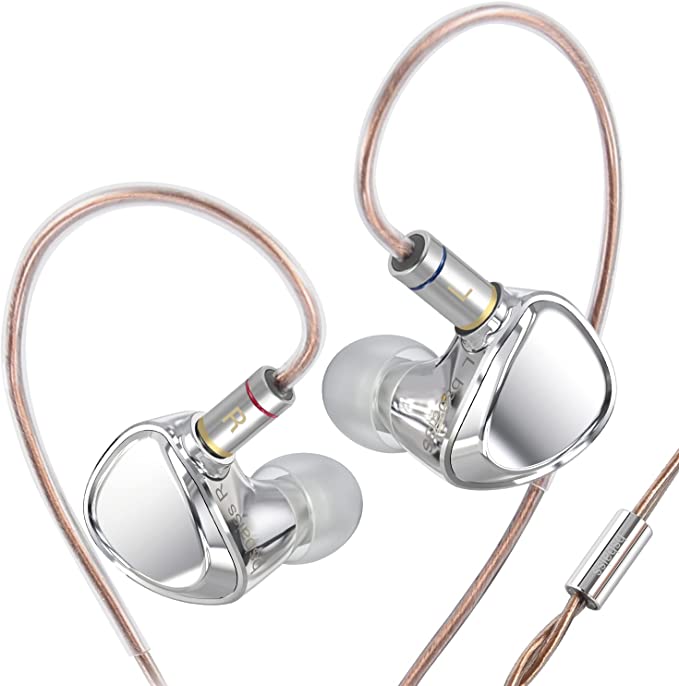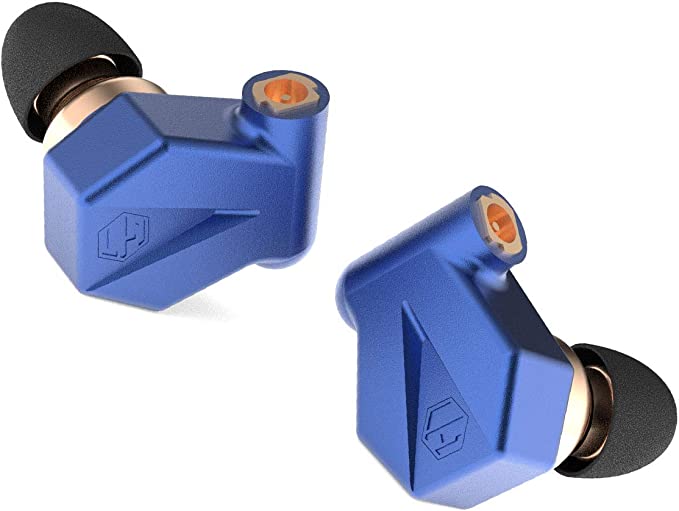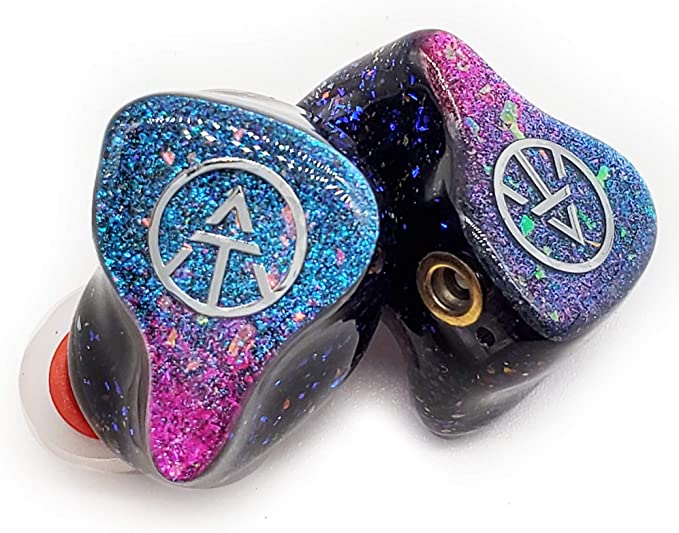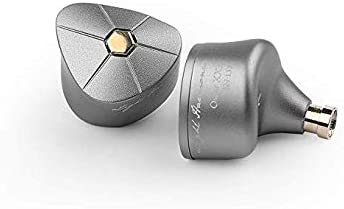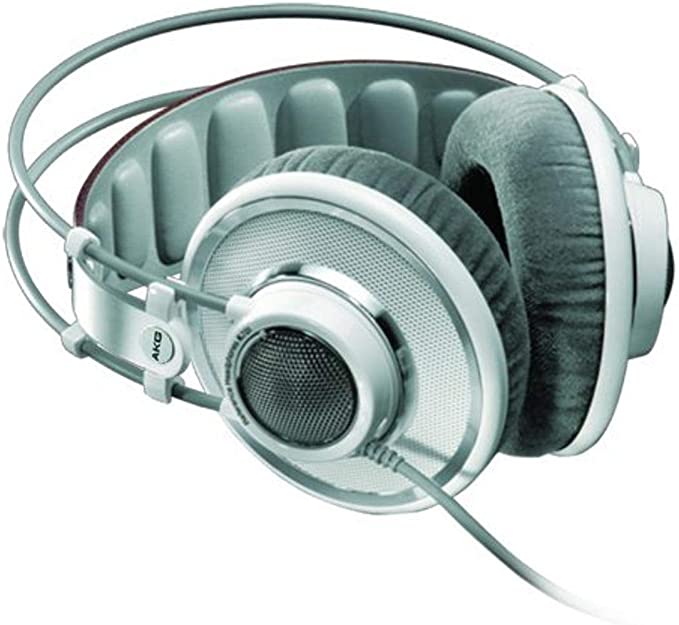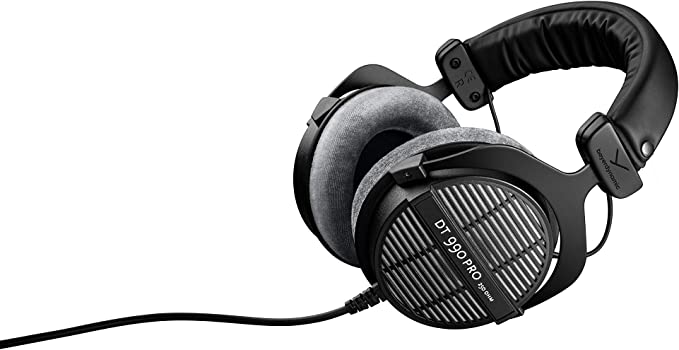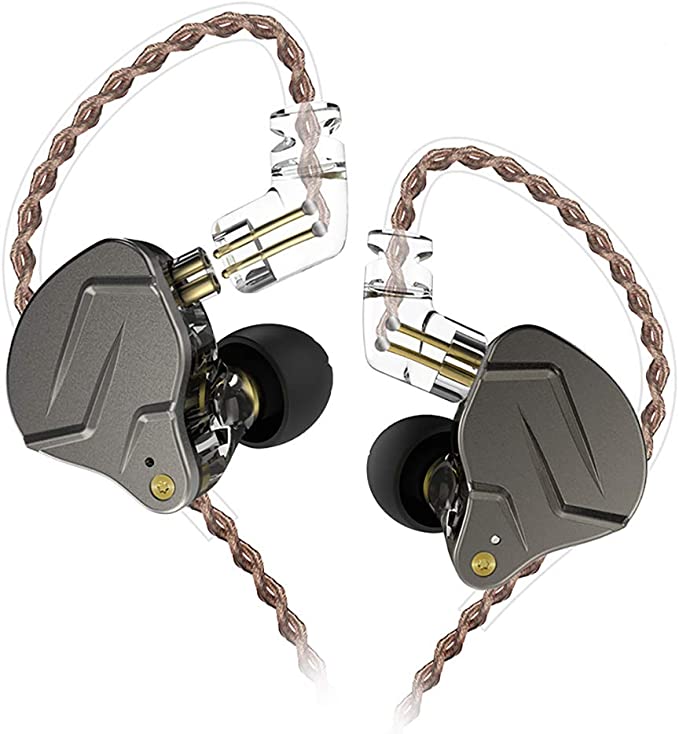Final E4000 High Resolution Sound Isolating In-Ear Headphones: A Detailed Look at These Audiophile IEMs
Update on June 26, 2025, 7:04 p.m.
In our quest for perfection, we often mistake flawlessness for character. We chase the surgically precise, the digitally perfect, forgetting the profound beauty that lies in a well-engineered compromise. Think of a vintage, handcrafted guitar. It might not have the flawless intonation of a synthesizer, but its wood breathes, its strings have a tactile memory, and its small imperfections give it a soul. The Final E4000 in-ear monitor is the audio equivalent of that guitar: a deceptively simple, bullet-shaped vessel that houses a deeply complex and contradictory spirit.
It’s a product that inspires both fierce loyalty and frustrated returns. On one hand, users praise its “AWEsome” sound with an almost reverent tone. On the other, they report a litany of physical quirks, from a fit that defies some ears to a cable that can transmit every rustle of your jacket. How can one tiny object be both a source of sublime audio pleasure and profound physical annoyance? This isn’t a simple case of good and bad design. It’s a symphony of deliberate, calculated trade-offs. Let’s pull on our lab coats, tune our ears, and dissect this fascinating instrument.

The Architecture of a Voice: Sculpting Sound in a Metal Shell
At the heart of the E4000’s celebrated sound is a principle every luthier knows: the space around the sound source is as important as the source itself. Final calls it an “acoustic chamber,” a feature key to its low-frequency tuning. But to truly understand it, imagine a master craftsman carving the inside of a violin. They are not just hollowing out wood; they are sculpting air, creating a resonant cavity that will amplify and enrich the vibrations of the strings.
The E4000’s chamber works in a similar way, governed by a principle known as Helmholtz resonance. It’s engineered to tame the output of its single 6.4mm dynamic driver. This lone driver, our “soloist,” is tasked with the Herculean effort of reproducing everything from the deep thrum of a bass guitar to the shimmering decay of a cymbal. The acoustic chamber acts as its partner, preventing the low frequencies from becoming a muddy, indistinct boom. Instead, it shapes them into the “punchy,” articulate bass that reviewers love—a bass that feels like a firm, reassuring handshake rather than a clumsy shove.
This carefully sculpted sound is then protected by its enclosure. The choice of machined aluminum for the housing is not for looks alone; it’s a critical decision in material science. Any material, when subjected to vibration, will have a tendency to resonate at its own natural frequency—to “sing along” with the music, adding its own unwanted color, or timbre. Aluminum possesses high rigidity and an excellent damping factor, meaning it resists vibrating in the first place and quickly dissipates any energy it does absorb. It acts as a silent guardian, ensuring the sound you hear is pure, uncolored, and faithful to the original recording.

The Physical Contract: A Dialogue Between Machine and Ear
For all its acoustic elegance, the E4000’s physical interaction with the user is where its character becomes… challenging. Many new owners are immediately confronted by a phenomenon one user aptly described as “really, really bad” cable noise. A slight brush of the cable against a shirt collar is amplified into a distracting thump in the ear.
This isn’t a defect; it’s a textbook case of microphonics, or solid-borne vibration. Think of a doctor’s stethoscope. It’s designed to efficiently transmit vibrations from a patient’s chest, up a tube, and to the doctor’s ears. The E4000’s stiff, detachable cable and rigid aluminum housing create a similarly efficient, albeit unintentional, pathway for noise.
But within this problem lies an elegant solution, a beautiful little piece of applied physics included right in the box: the soft ear hooks. When a user like Ameel notes that wearing them “over-ear” fixes the issue, they are engaging in a simple act of vibration damping. By routing the cable over the ear, the soft cartilage of the ear itself, along with the flexible hook, acts as a shock absorber. It creates a break in the rigid line of transmission, dissipating the vibrational energy before it can reach the earphone housing. It’s a simple, brilliant fix that transforms the user experience.
The fit itself is another part of this physical contract. Unlike contoured, ergonomic designs that attempt to fit every ear, the E4000’s simple cylindrical shape makes a different proposal. It doesn’t force a fit; it offers one, making the final result intensely personal and dependent on the unique geometry of the listener’s ear canal. For some, it’s a perfect, comfortable seal. For others, it’s a constant battle against gravity. It’s a design that demands a moment of experimentation from its owner.

The Ghost in the Machine: A Frank Look at Reliability
Perhaps the most polarizing aspect of the E4000 is its durability, encapsulated by the recurring “Case of the Quiet Right Earbud.” One user babied them in a hard case only to have one side fail within a year. Another noted it was a consistent issue found across online forums.
To dismiss this as simply “bad quality” is to miss the deeper engineering story. The E4000 features MMCX connectors, a modular standard borrowed from professional audio and hearing aids that allows for cable replacement—a pact of trust with the user, offering repairability far beyond typical consumer earbuds. However, these connectors, with their tiny, precise moving parts, are also potential points of failure. The issue could stem from a microscopic fracture in a solder joint, wear on the contact points, or a failure within the driver unit itself.
This is the reality of mass-producing a precision device. In reliability engineering, there’s a concept called the “Bathtub Curve,” which describes the life of a product: a higher rate of “infant mortality” failures at the beginning, a long period of low, random failures, and an increasing rate as the product wears out. The reports suggest some E4000 units may be falling victim to that initial phase. It is a frustrating reality for the unlucky consumer, but also a transparent look at the immense difficulty of achieving perfection at scale, especially at this accessible price point.

Listening with Understanding
The Final E4000, then, is not a simple appliance to be consumed. It is an instrument to be learned. Its genius is not in achieving a universal, flawless perfection, but in its unwavering focus on the soul of the music. It makes a clear statement: we will prioritize the purity of the audio path above all else, even if it means compromising on convenience or demanding a little more from our listener.
Like that vintage guitar, it requires you to understand its nature—to use the ear hooks, to find the right ear tips, to handle it with a degree of care. In return, it delivers a performance that is rich, soulful, and deeply engaging. It reminds us that the highest form of fidelity isn’t just about the perfect reproduction of sound waves, but about the connection between the listener and the instrument. The Final E4000 doesn’t just play your music; it invites you to truly listen, not only to the notes, but to the remarkable symphony of science and compromise that brought them to your ear.



